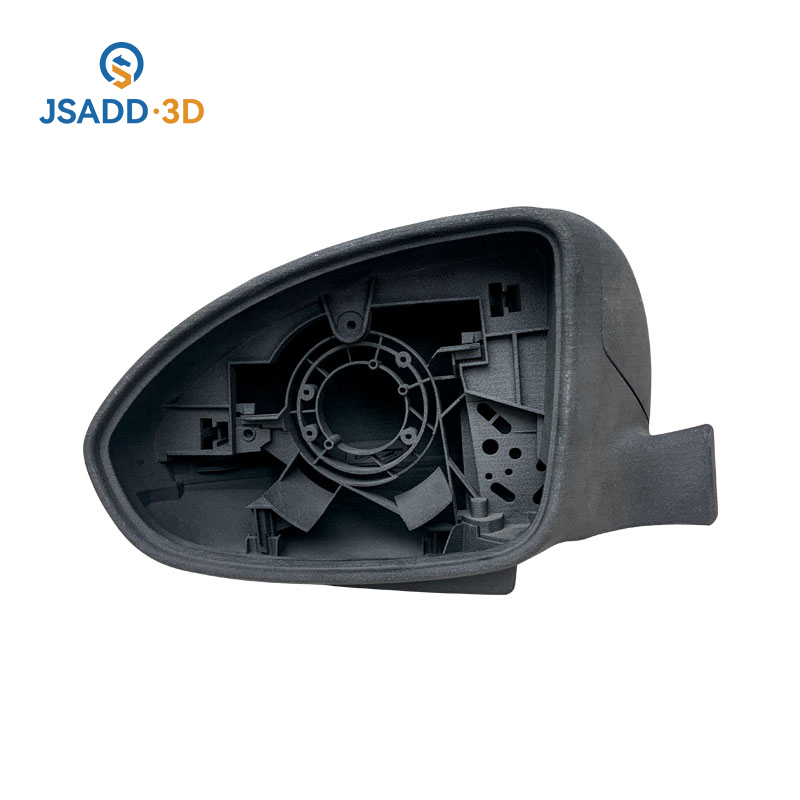With the development of science and technology and the promotion of the application of demand, the use of rapid prototyping to directly manufacture metal functional parts has become the main development direction of rapid prototyping. Currently, the main metal 3D printing processes that can be used to directly manufacture metal functional parts include: Selective Laser Sintering (SLS) technology, Direct Metal Laser Sintering (DMLS) technology, Selective Laser Melting (SLM) technology, Laser Engineered Net Shaping (LENS) technology and Electron Beam Selective Melting (EBSM) technology, etc.
Selective laser sintering (SLS)
Selective laser sintering, as the name implies, adopts a liquid phase sintering metallurgical mechanism. During the forming process, the powder material is partially melted, and the powder particles retain their solid phase cores, which are then rearranged through subsequent solid phase particles and liquid phase solidification. Bonding achieves powder densification.

SLS technology principle and characteristics:
The whole process device is composed of a powder cylinder and a forming cylinder. The working powder cylinder piston (powder feeding piston) rises, and the powder laying roller evenly spreads the powder on the forming cylinder piston (working piston). The computer controls the two-dimensional scanning trajectory of the laser beam according to the slice model of the prototype, and selectively sinters the solid powder material to form a layer of the part. After the completion of a layer, the working piston is lowered one layer thick, the powder laying system is laid with new powder, and the laser beam is controlled to scan and sintering the new layer. This cycle goes on and on, layer by layer, until the three-dimensional parts are formed.






